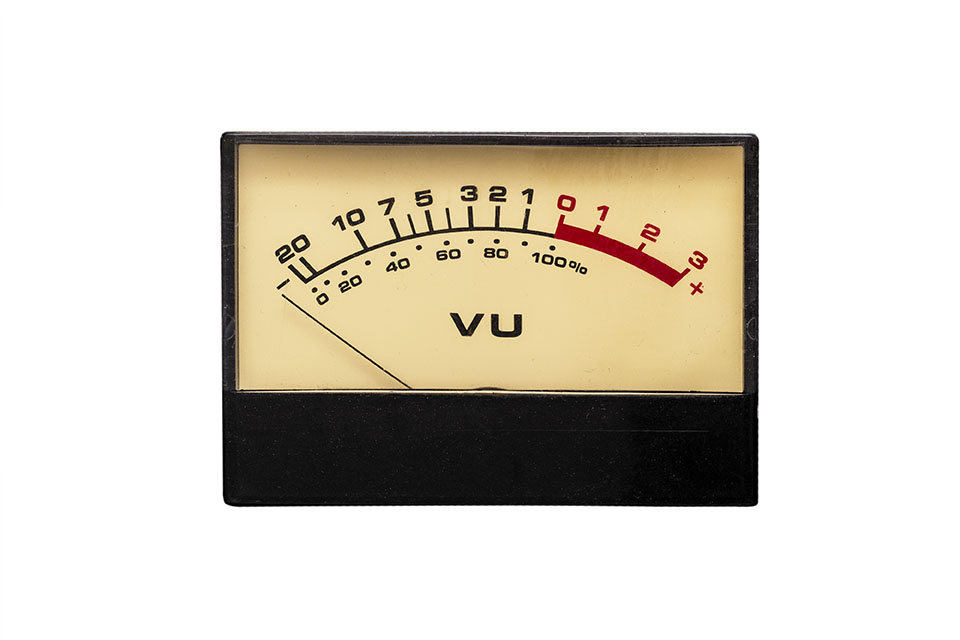
< Back
voltmeter
Definition
A voltmeter is an instrument used to measure the electric potential difference (voltage) between two points in an electric circuit. It is a type of electrometer.
Voltmeters are typically analogue devices, meaning they have a needle that moves along a scale to indicate the voltage. However, digital voltmeters are also available.
Voltmeters are connected in parallel with the circuit being measured. This means that the voltmeter does not affect the current flow in the circuit.
The voltage reading on the voltmeter is the difference in potential between the two points where the voltmeter is connected.
How can the word be used?
The voltmeter showed that the power supply was not providing enough voltage.

Different forms of the word
Noun: an instrument for measuring electric potential difference.
Etymology
The word "voltmeter" is a combination of the words "volt" and "meter".
The word "volt" is the unit of measurement for voltage.
The word "meter" means "to measure".
The first recorded use of the word "voltmeter" was in 1891.
Question
What is a voltmeter used for?
AQA Science Exam Question and Answer
Question:
Explain the purpose and functioning of a voltmeter in an electrical circuit. Describe how a voltmeter is connected to measure the potential difference across a component.
Answer:
A voltmeter is an essential instrument used to measure the potential difference (voltage) across different points or components within an electrical circuit. Its primary function is to provide information about the electrical energy difference between two points, aiding in the analysis of circuit performance and identifying potential issues.
To measure the potential difference across a specific component, a voltmeter is connected in parallel to that component. The parallel connection ensures that the voltmeter offers minimal interference to the circuit's operation, as it maintains the same voltage across its terminals as the component being measured. The voltmeter's internal resistance is typically high, which ensures that the current passing through it is negligible compared to the current through the component.
For example, to measure the voltage across a resistor in a circuit, the voltmeter's leads are connected across the resistor's terminals. When the circuit is active, the voltmeter displays the potential difference across the resistor in volts.
Using a voltmeter is crucial for diagnosing circuit behaviour, verifying expected voltage values, and ensuring the proper functioning of electrical devices. By accurately measuring potential differences, voltmeters assist engineers, technicians, and scientists in troubleshooting, circuit design, and maintaining safe and efficient electrical systems.